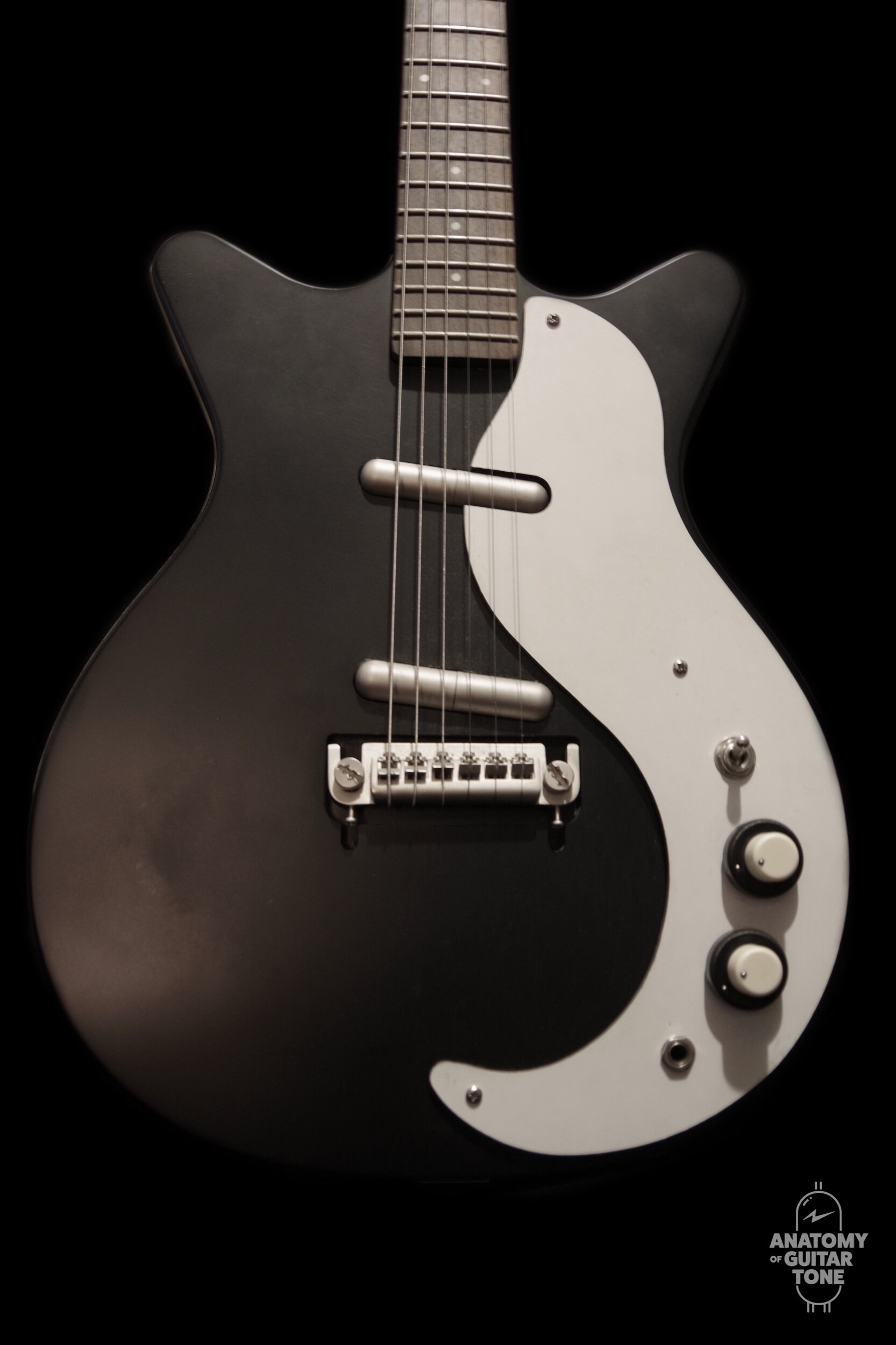Kush Audio Clariphonic Parallel EQ
When guitarists start recording themselves, they often complain about a blanket hanging over their tone. I’m frequently asked what the best ways are to remove this dull, blanketed sound.
There are several ways to make a guitar more lively. First, start with the instrument itself. If I'm playing acoustic guitar, I will pick one that suits the tonality of the song. The same goes for an electric guitar and amp.
Concerning guitar amps, I spend time tweaking the EQ knobs on the amp itself. I'm not opposed to adding EQ down the line, but I want to get the tone as close as possible from the start.
You may have made the right decisions about the guitar and the amp but still find the tone needs opening up.
Now it’s time to add EQ within your DAW (digital audio workstation). I prefer a few EQs for guitars. I reach for API, Helios, SSL, Neve, Pultec, and FabFilter Pro-Q 3. Each has a personality that I take into consideration before adding it. I may also need to be mindful of DSP (digital signal processing) if I'm deep into a mix.
Although all of these EQs are great and have a lot of mojo, they don't always do what I want with the top end. I’ve found that adding high end using standard EQ plugins on guitar can get harsh. It can change the overall character of the tone in a way I don't want.
I was delighted to find the Kush Audio Clariphonic. It’s marketed as a parallel mastering EQ. Don't let “mastering” mislead you. In addition to excelling at master bus duties, it works fabulously on tracks and on an instrument bus.
The cloud is lifted
Clariphonic is a parallel EQ, which means it blends the original signal with the EQ'd signal. It doesn't take over your signal but allows the EQ to sound more natural. You can even push Clariphonic pretty hard with favorable results that don't change your tone's identity.
I will use Clariphonic on individual guitar tracks or a guitar bus. It removes the blanket. I've tried this with countless plugins with less desirable results.
These days, I hardly add any other EQ to guitars except for the Clariphonic.
Creative by design
Music production is a listening art, yet it's become a visual task in ways that can ignore our ears. I've seen many engineers, producers, and guitarists make decisions on gear and plugins visually, without even listening.
If you think about it for a second, you’ll understand why this isn't so effective.
My approach with the Kush Audio Pusher and Clariphonic is to tweak and listen. I ask myself only one question when tweaking: does it sound better or worse? What a knob or button does is less important than how it sounds when you tweak it.
“I only have one question I ask myself when tweaking, does it sound better or worse?”
The layout of UBK plugins encourages creativity over surgery. The control layouts don't necessarily describe the result—by design.
Too bad there isn't a way to train people to use EQ and compression with unlabeled plugins. When guitarists want answers about EQ and compression, they often expect a visual or numerical reference. Sometimes people want confirmation that they're doing the "right" thing. The problem is, there is no right or wrong here. It’s all situational.
In use
When I open Clariphonic, I start turning the focus or clarity knobs, asking myself if the tone is better or worse. If the adjustment doesn’t elevate the guitar’s tone the way I was hoping for, I reach for other switches to hear what they do.
All that said, let me describe Clariphonics controls for you less adventurous types.
I’ll start with the Focus Engine:
Lift: Midrange band between 800 - 2.5 kHz
Open: Upper mids from 3 kHz and up.
Boost: Boosts the selected frequency.
Out: Takes the Focus Engine out of the chain.
Cut: Reduces the selected frequency.
Clarity Engine:
Presence: Adjusts 4 kHz and up.
Sheen: Adjusts 8 kHz and up.
Out: Takes the Clarity Engine out of the chain.
Shimmer: Adjusts 18kHz and up.
Silk: Adjusts 34 kHz and up.
I often add a little Silk to a guitar to reveal what's hiding below the tone blanket. Usually, adding a small amount of Silk will open up the guitar without gutting any of its power.
Analog warmth
I record with a lot of real analog or analog-emulating gear. Because of this, I often find I need to push the high end to get a beautiful sheen on top of analog warmth.
I will say that lately I've been trying not to add a ton of EQ to every track. I aim to get the tracks to sit in the same place, and then I add Clariphonic on the mix bus.
Let me clarify that. I'm not saying I don't EQ tracks. I just spent half of this article describing how I use Clariphonc on guitar tracks.
What I mean is, I know I don't have to over-EQ any of the tracks as long as they are in balance with each other. I've been mixing with a dab of Silk or Shimmer on the mix bus.
“Adding Clariphonic on the mix bus allows me to process less. ”
Adding Clariphonic on the mix bus allows me to process less. I don't have to be as aggressive with the EQ on each channel, aside from adding a little brightness or filters.
As you might guess, Clariphonic is also great on vocals, drums, mellotrons, and synths.
I went from using Ozone for mastering to using the Kush Clariphonic and the UA Precision Limiter. Some plugins you’ll use once in a while. I use Clariphonic every day.










